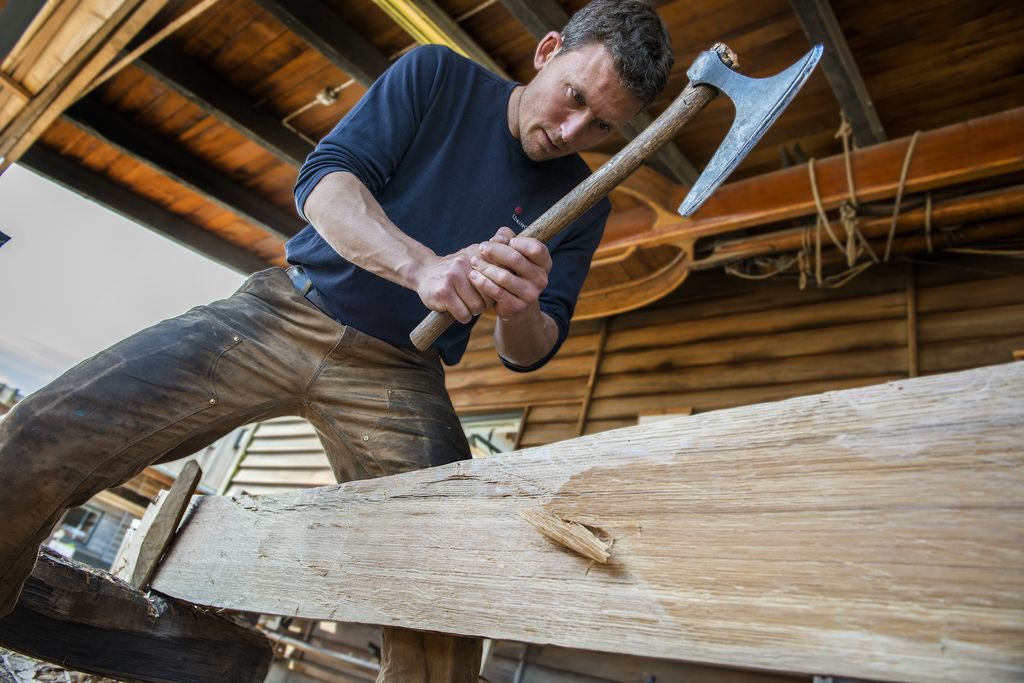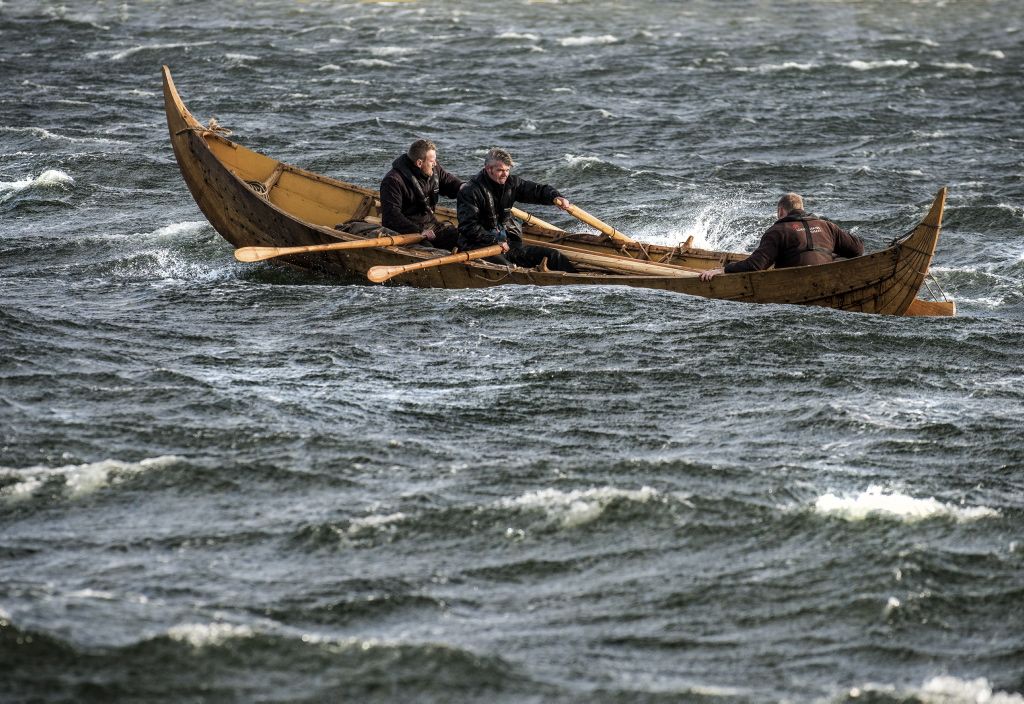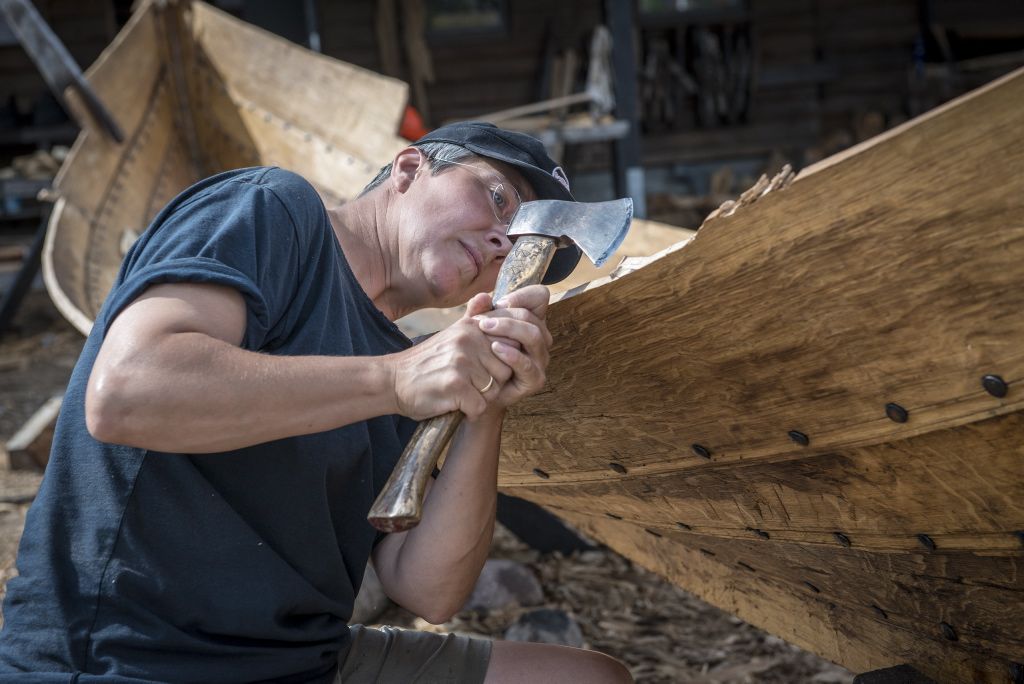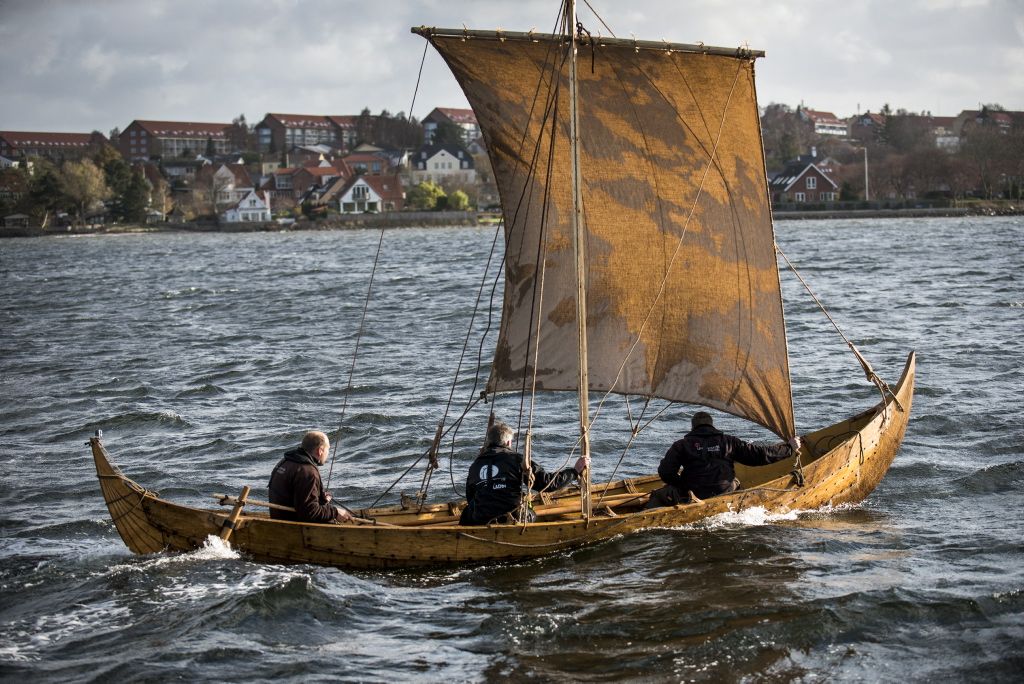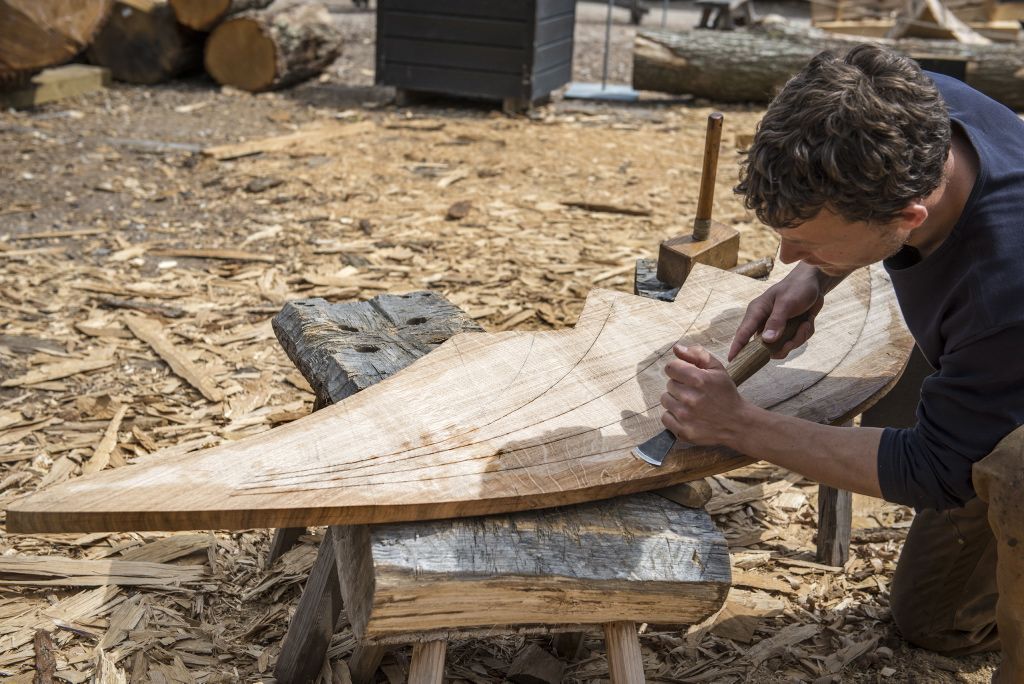Experimental archaeology
Traditional archaeology involves the preservation and exploration of material heritage. Artefacts are excavated, analysed, conserved and, finally, exhibited in museums. Experimental archaeology takes this process a step further. Artefacts are reconstructed in full-scale and used according to their original purpose. In this way, we can learn more about how they were made and utilised by people in the past. This experience gives us a deeper, more nuanced understanding of life throughout the centuries.
Building reconstructions requires collaboration between many different partners. Archaeologists, historians and craftsmen must work together in order to create the best result. Academics contribute with their knowledge about the excavated artefact and its cultural and historical context, while craftsmen bring their practical skills and understanding of materials to bear. Together, they can extract the greatest amount of information from the artefact that is to be reconstructed.
However, archaeological experiments don’t only provide practical insights: the building and use of reconstructions can also shed light on the development of trade routes and networks, technological advances and cultural exchange. Reconstructing artefacts from the past brings us closer to an understanding of past societies, and the way in which they were organised.
Maritime experimental archaeology
A ship find is a source of comprehensive and complex knowledge relating to cultural history. We regard it as our task to discover as much of this knowledge as possible, allowing us to achieve greater knowledge of the individual ship’s construction and equipment. Furthermore, we investigate the ship’s sailing characteristics and illustrate a number of cultural-historical issues that concern the interaction between ships and society in the past. The reconstruction and testing in full scale is therefore ideally included as an element in the overall analysis of archaeological, historical, ethnographic and iconographic evidence related to the specific ship find.
The actual product, the reconstruction, can be described as an historical hypothesis. It does not represent the definitive truth in terms of how the original looked or functioned. Rather, it presents a picture which acts as a catalyst, and a tool that can be used to explore the process, which highlights new issues and correlations, and allows us to see and interpret the source material afresh.
